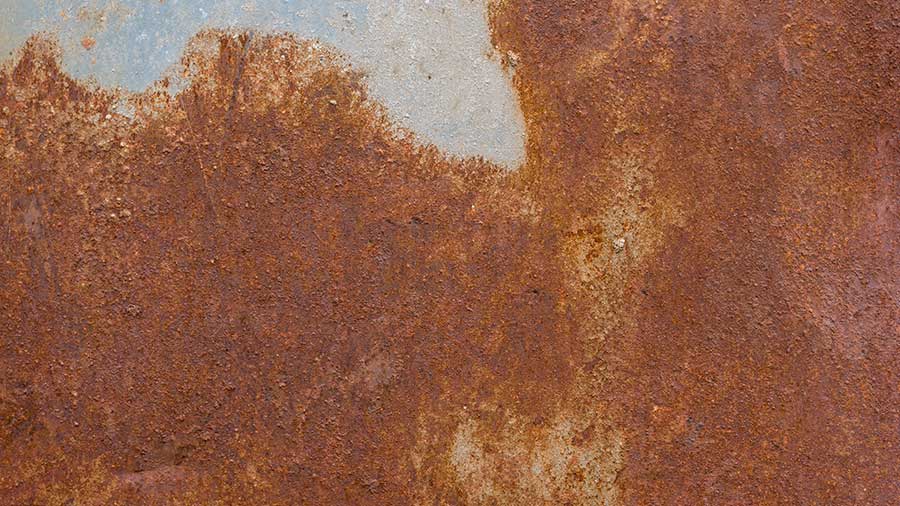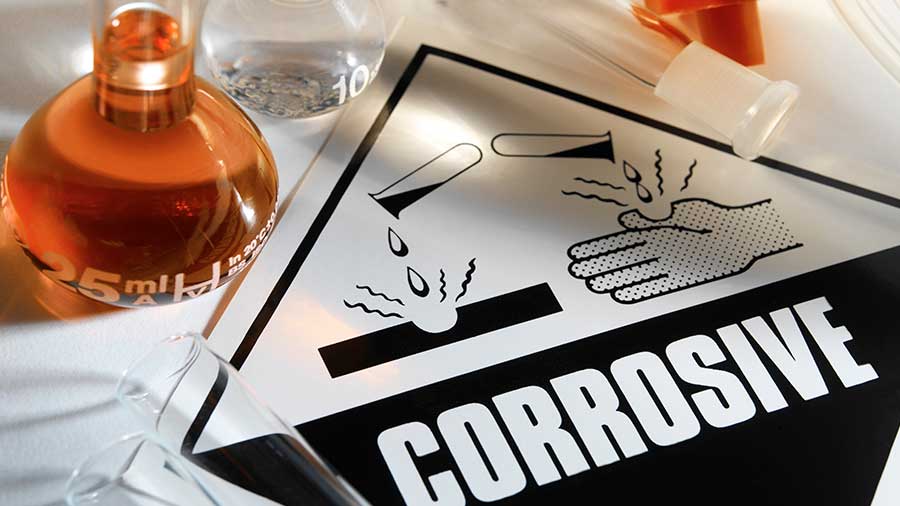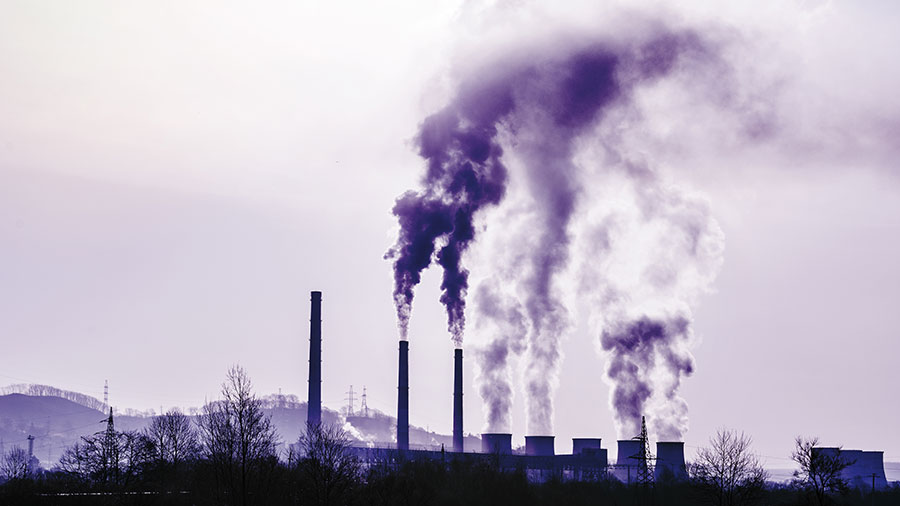Wet and corrosive gases
ACIDIC CHEMICAL COMPOUNDS
What are they?
Wet and corrosive gases are those containing acidic chemical compounds (e.g. hydrogen chloride (HCl), hydrogen fluoride (HF), SOx) that can generate sulphuric acids (e.g. H2SO4) and bases (e.g. ammonia, NH3). These gases must be treated in order to reduce their concentration and flow before they can be emitted into the atmosphere.


Problems caused by wet and corrosive gases
As they are corrosive compounds, they can be harmful to human health (e.g. by causing respiratory problems) and harmful to the environment.
There are a number of technologies that can treat these gases:
- Dry systems: lime or sodium bicarbonate is often used in dry powder form to treat acid gases. Baghouse filters should be used afterwards, in order to eliminate the additional solid particles.
- Semi-wet systems: these systems are based on absorption via spraying. The absorbing agent is injected as a suspension into the gas that is to be treated in a contact reactor. The gas then undergoes filtration.
- Wet systems: these systems commonly use scrubbers with basic fluids (usually a solution of caustic soda, NaOH) to neutralise these gases.
Which industrial sectors are affected?
Those that use combustion systems, such as RTOs, or incinerators to burn waste of any kind (e.g. medical/hospital, urban, industrial, radioactive, etc.).

Specialists in the sectors that are most sensitive to environmental impacts
We drive sustainable productivity and innovation for industries with more extensive and more complex needs.






